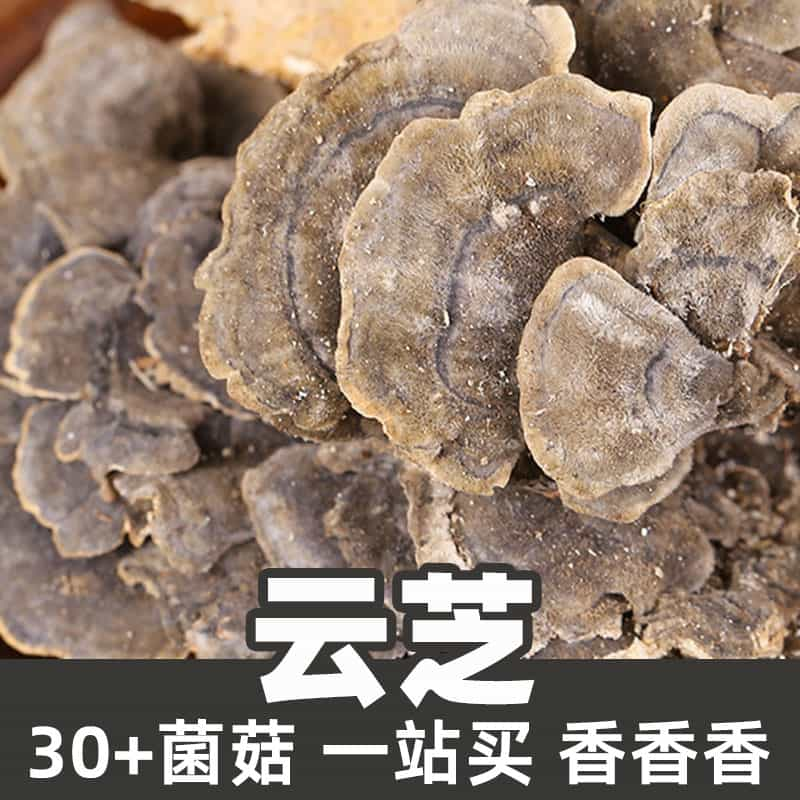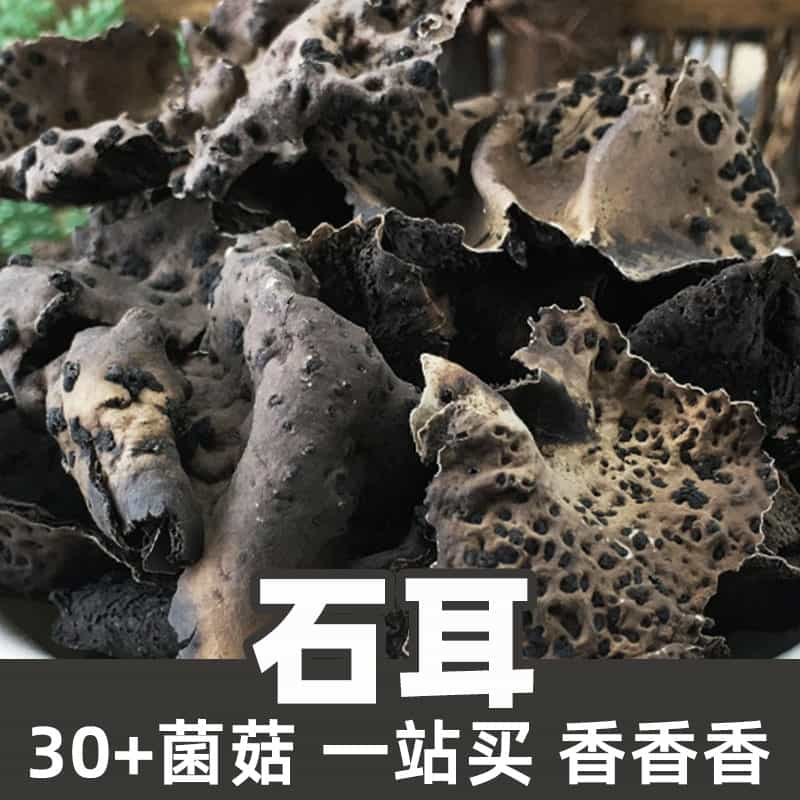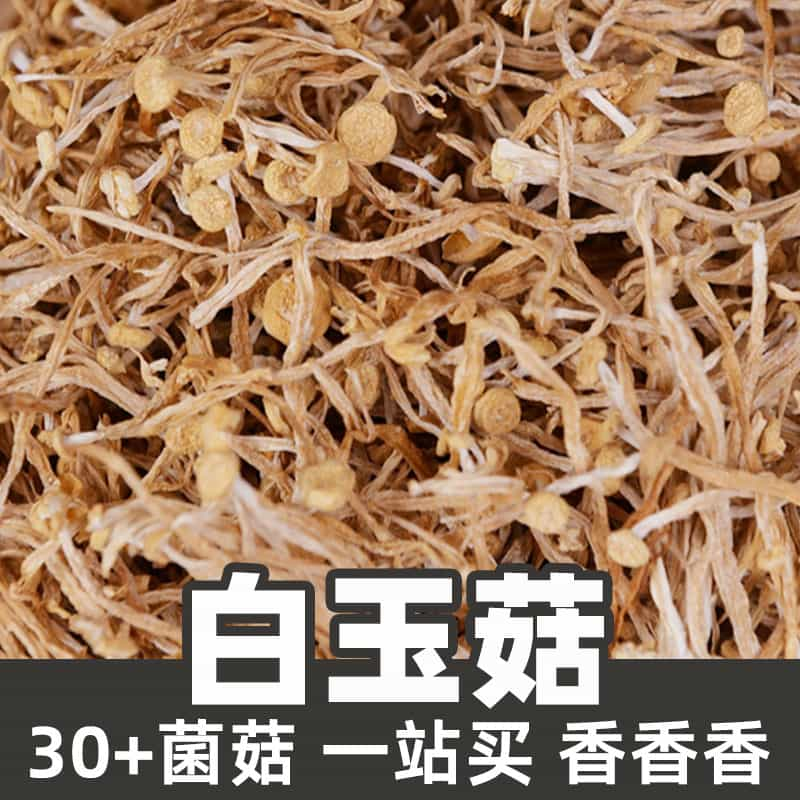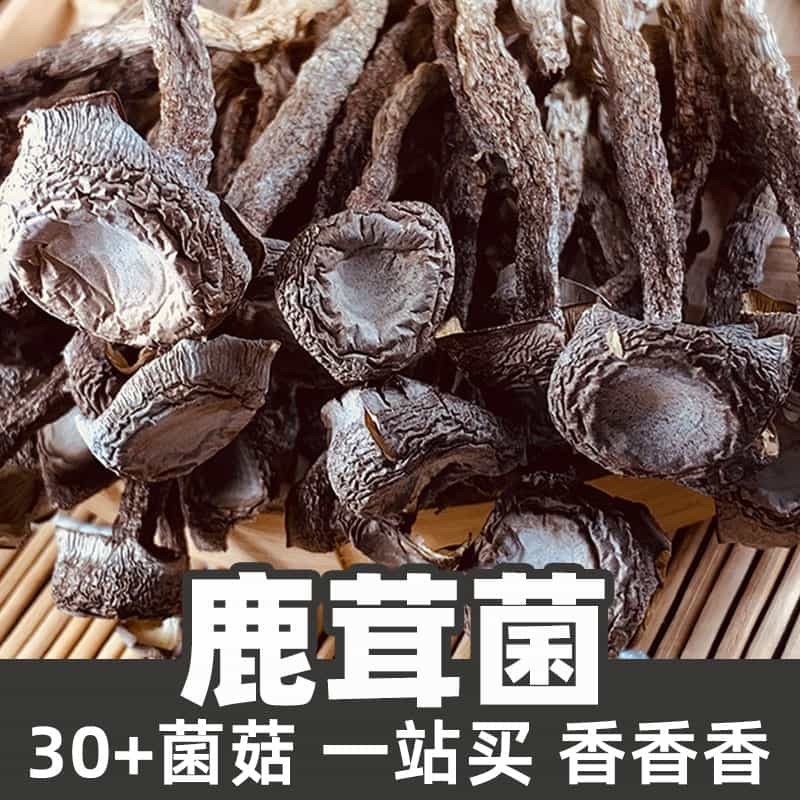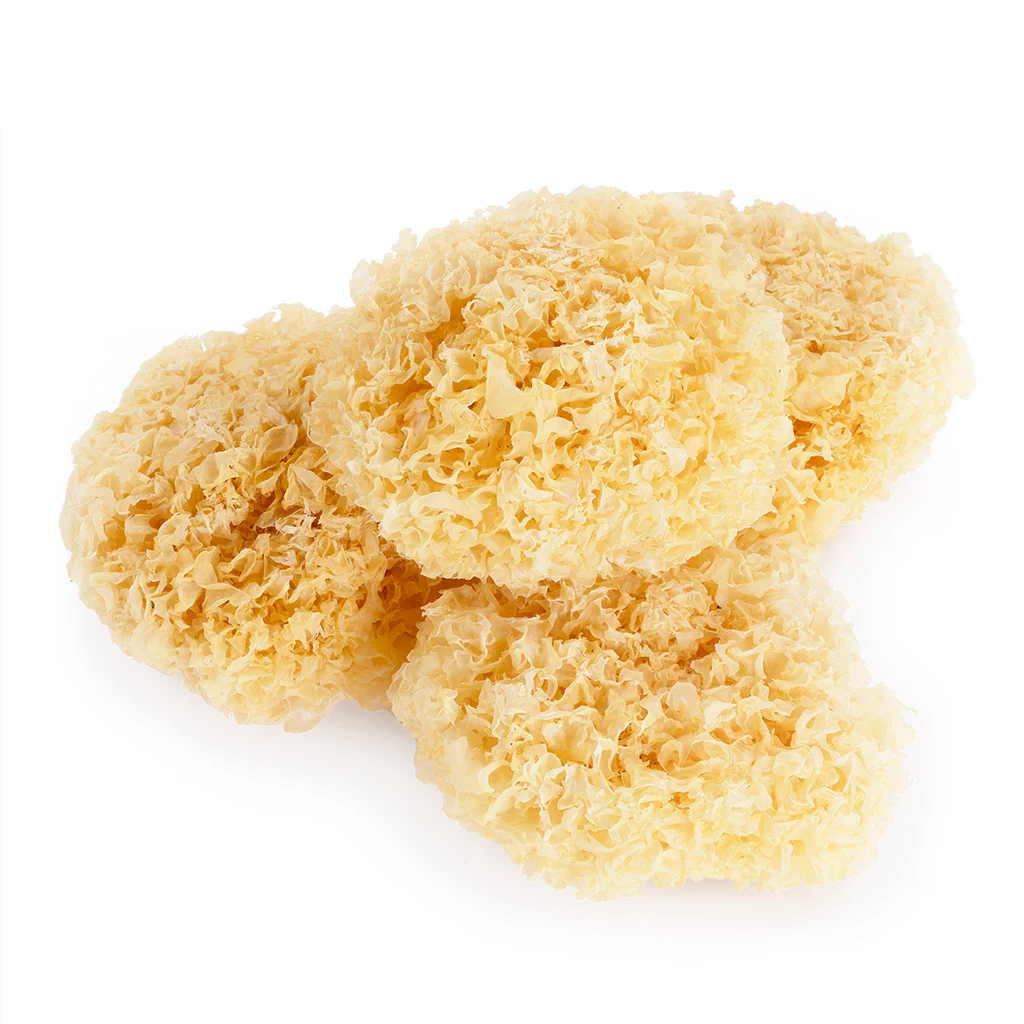Pleurotus nebrodensis, also known as the Nebroden oyster mushroom, is a specialized strain of oyster mushroom highly regarded in culinary circles for its unique flavor profile and texture. Originating from the Nebrodi Mountains in Sicily, Italy, this mushroom thrives in regions with temperate climates and is typically found growing on decayed wood and organic matter. Due to its tender flesh and rich taste, it has become a favorite among chefs and home cooks alike. Beyond its culinary appeal, Pleurotus nebrodensis is being studied for its nutritional and potential medicinal benefits, which include antimicrobial and antioxidant properties.
The nutritional composition of Pleurotus nebrodensis is compelling, as it contains numerous active ingredients that contribute to health benefits. This mushroom is known for its high protein content, making it a valuable addition to vegetarian and vegan diets. It is rich in polysaccharides, particularly β-glucans, which are known for their immune-boosting properties. Additionally, it provides essential amino acids, important for muscle repair and overall health. Pleurotus nebrodensis is also a good source of vitamins such as B1 (Thiamine), B2 (Riboflavin), C (Ascorbic Acid), and D (Ergocalciferol), all of which play crucial roles in metabolic processes and maintaining good health. Minerals like calcium, potassium, and iron found in this mushroom further enhance its nutritional value, making it more than just a culinary delight.
The versatility of Pleurotus nebrodensis allows for various applications in cooking and beyond. In the culinary world, it is often sautéed, grilled, or used in soups and stews. Its meaty texture makes it a suitable substitute for meat in vegetarian dishes, offering a savory flavor that enhances the overall taste profile. Beyond its culinary uses, this mushroom is being researched for its potential health benefits, which include antimicrobial and antioxidant properties. It may also be used in the production of functional foods and dietary supplements aimed at boosting immune function and overall wellness. The exploration of Pleurotus nebrodensis in various dishes showcases its adaptability, while research continues to reveal its potential as a medicinal food.
Pleurotus nebrodensis is predominantly found in the temperate forests of Sicily, particularly in the Nebrodi and Madonie Mountains. It grows on decaying wood, making it a saprotrophic fungus that contributes to the decomposition of organic matter. Its growth is typically observed during the autumn months when humidity and temperatures are favorable. Outside of its native range, the cultivation of Pleurotus nebrodensis is expanding in other temperate regions, facilitated by controlled farming practices that mimic its natural habitat. This mushroom’s geographic distribution is not limited to its Sicilian origins, as efforts to cultivate it have spread to various parts of Europe and beyond, responding to the increasing demand for gourmet mushrooms in culinary applications.
Harvesting Pleurotus nebrodensis is typically done by hand to ensure the delicate caps are not damaged. The mushrooms are cut at the base using a sharp knife when they reach optimal size. After harvesting, processing begins with a careful cleaning to remove any soil or debris. Since fresh mushrooms have a limited shelf life, they are usually consumed soon after harvesting or subjected to drying or freezing to preserve their quality. Proper storage is critical; they should be kept in a cool, dry place or stored in the refrigerator to maintain freshness for several days. Dehydration is another common preservation method, allowing Pleurotus nebrodensis to be stored for extended periods while retaining its flavor and nutritional benefits.
Monica Sun is a seasoned expert in the natural raw materials industry, with over a decade of experience specializing in traditional Chinese medicinal herbs, spices, and fungi. She is skilled in the sourcing, processing, and application of these materials, emphasizing sustainability and innovation. Monica Sun has contributed to the development of high-quality natural raw materials that serve as essential components in functional foods, pharmaceuticals, and cosmetics, delivering tailored solutions to meet diverse market needs.









